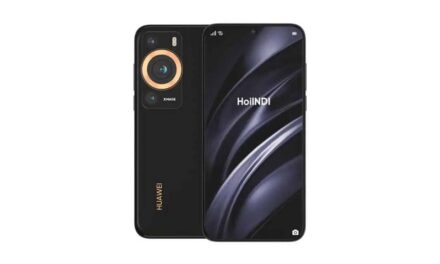
AGEIA PhysX: almost a must
Interesting things turned out about the Cell Factor that supports physical acceleration.
As an update to our memories, here are some excerpts from the news we wrote three weeks ago:
“…Ageia PhysX is the very first chip designed specifically to accelerate the physics engine of games. According to its manufacturer, the PPU (Physical Processing Unit) will soon become at least as important a part of our computer as the GPU was in the mid-nineties.

The editors of PC Perspective have thoroughly tested BFG’s PhysX chip-equipped card. The test came at a good time, as BFG seems to be ahead of ASUS in European distribution, so we’ll be the first to come across BFG’s product. The test is quite thorough, as measurements were made with several games, and images and videos can be downloaded. Anyone who doesn’t have enough of it can also find out what extra energy they can expect if they also want a physical accelerator in their machine. At the end of the article, the evaluation was mixed. The results of the tests do not show acceleration, which can be traced back to several reasons. The first is the immaturity of the drivers, and the second is that the game engine draws much more bodies when using the physical accelerator, so calculating their motion requires more computational power. Despite the negatives, we are looking forward to the product, as we can expect a more lifelike physical environment based on pictures and videos… ”
The editors of PC Perspective mentioned above, of course, gave a glimpse into the joys of physical acceleration through Ghost Recon: Advanced Warfighter and the Cell Factor Demon (only works with PhysX cards). However, there was an interesting post in the [H] ardOCP forum that it was very possible to run the CF demo without PhysX. We have no choice but to install the demoand the latest required PhysX drivers, and then add the EnablePhysX = false comment to the shortcut. It works. And the results?
Without PPU 1280 × 1024 Using 8 × AF, HDR: 13 FPS
Using PPU 1280 × 1024 8 × AF, HDR on: 15 FPS
———————————————————————-
Without PPU 1024 × 768 8 × AF HDR on: 13 FPS
Using PPU 1024 × 768 8 × AF HDR on: 12 FPS
———————————————————————-
Without PPU 800 × 600 8 × AF HDR on: 13 FPS
Using PPU 800 × 600 8 × AF HDR on: 12 FPS
———————————————————————-
Without PPU 640 × 480 8 × AF HDR on: 13 FPS
Using PPU 640 × 480 8 × AF HDR on: 19 FPS
Ageia PhysX is a bit disappointing, especially knowing that the creators had no choice but to make this hardware, which is nice performance, of course, but (I’m just whispering softly) NVIDIA is also preparing to implement a physical accelerator in one of its next product lines. I guess it’s no surprise that they don’t rush PhysX cards off store shelves, and if there really isn’t some breakthrough success (without the bucks above), it’s also going to be a really good but dead-dead initiative.













